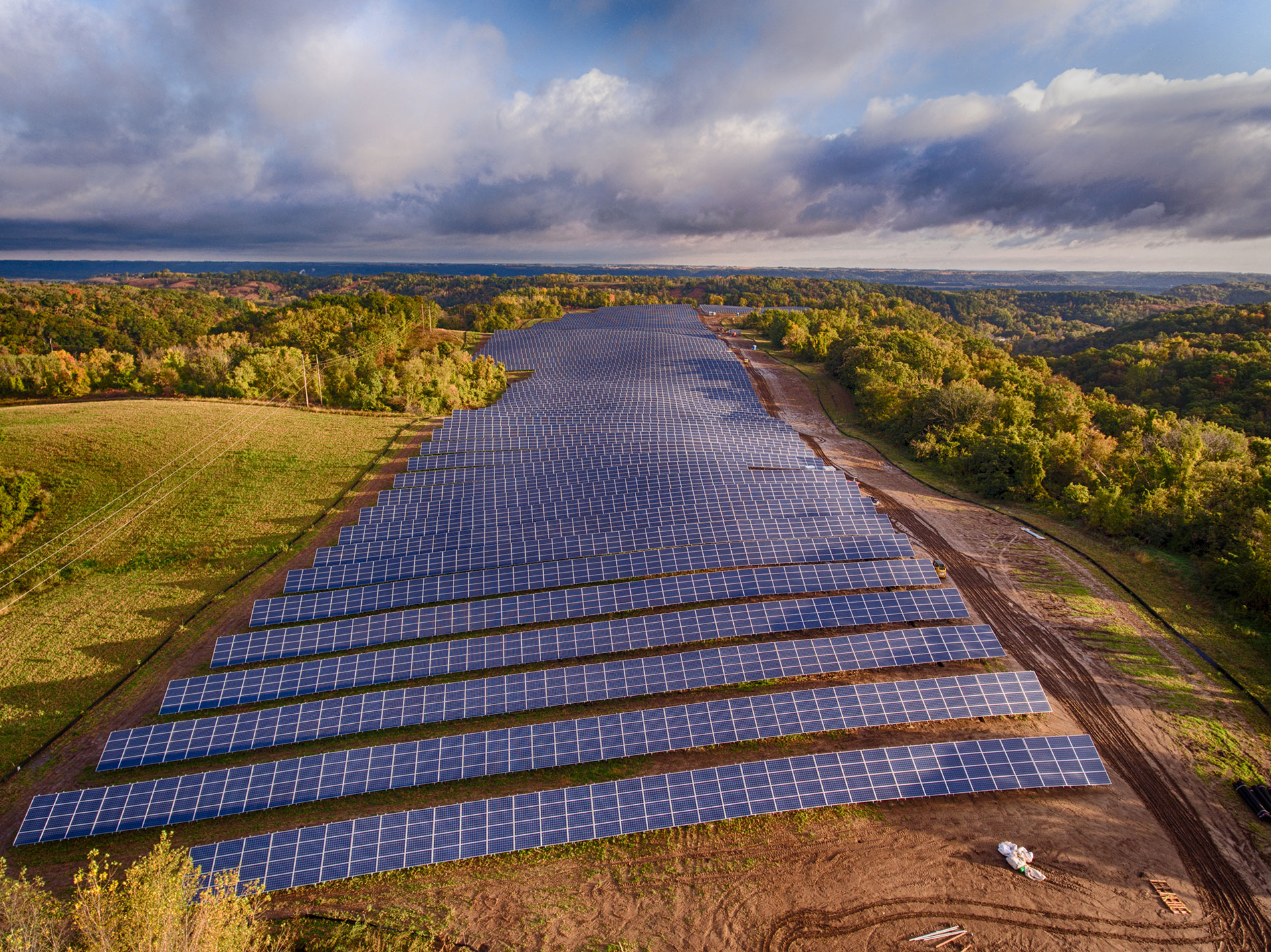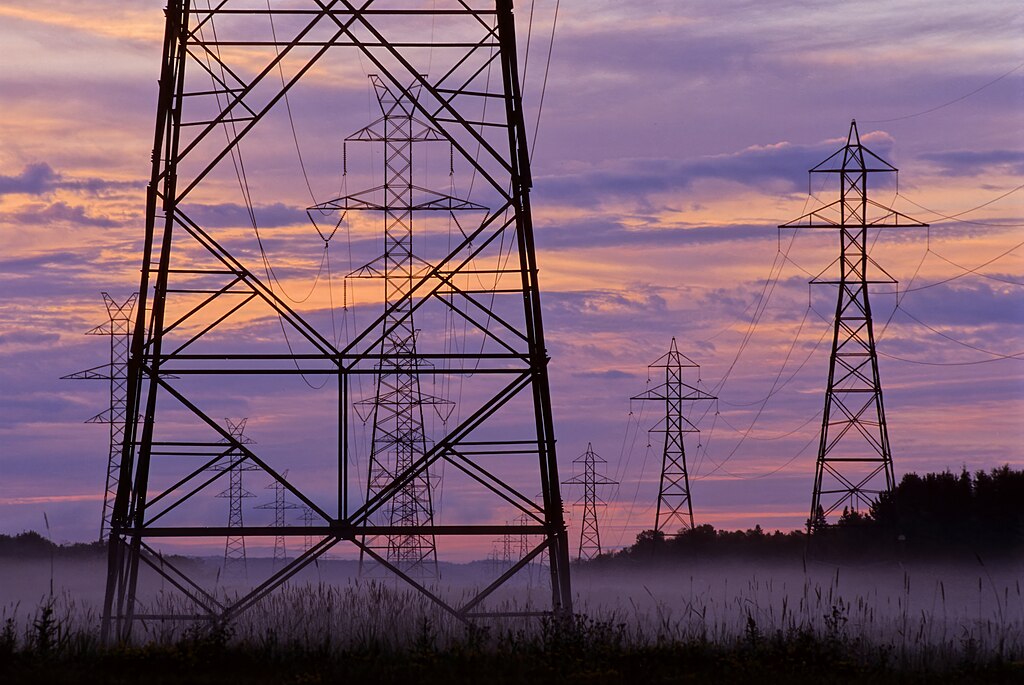Minnesota saves community solar program
A debate to repeal of one of the country's most successful community solar programs offers a window into other states' battles to implement similar programs.

A debate to repeal of one of the country's most successful community solar programs offers a window into other states' battles to implement similar programs.
Minnesota will keep its landmark community solar program after lawmakers removed language to repeal the program from the state’s energy package.
Democrats Sen. Nick Frentz and Sen. Bill Weber, and Republican Sen. John Hoffman introduced the legislation to repeal the community solar program, which senators then rolled into the state’s energy omnibus bill. However, earlier this month, legislators threw the repeal out from the energy package.
As one of the early adopters to state-implemented community solar, Minnesota’s model program set the stage when other states began to consider implementing programs of their own. With lawmakers debating community solar programs across the country this year, advocates worried a repeal might be a glimmer of more sunsets to come. Ultimately, however, Minnesota was the only state whose lawmakers did not ultimately side with the lone opposition from utilities.
“With the help of our friends, we had to kill the bill,” said David Moberg, a policy and regulatory affairs associate for the Minnesota Solar Energy Industries Association, said earlier this month at Midwest Solar Expo. Moberg said it was “probably the most frustrating” bill this session.
Community solar enables people and businesses to participate in clean energy regardless of whether they are homeowners or renters through a subscription.
With community solar, the consumer subscribes to and receives credits on their utility bills for their portion of electricity produced by the local community solar installation. Because most community solar programs forbid utilities from owning community solar generation facilities, the programs break up utility monopolies from generation.
Minnesota revamped its program during the 2023–2024 session, expanding it to broaden the program’s participation and increase benefits for underserved communities, including low- to moderate-income (LMI) communities. Prior to the LMI provisions, 81% of the program benefits went to commercial customers, which include businesses, schools and government buildings, while only 16% went to residential customers, according to the state’s largest utility Xcel.
The state’s expanded program completed its first year of operation in May, with just a few megawatts of development online, according to a joint statement from a coalition of clean energy advocacy groups.
The state also addressed Xcel’s concerns in resource planning by adding a cap to the program. With the cap, Xcel Energy is only required to take 100 MW per year, 80 MW per year beginning in 2027, and then 60 MW in 2031.
More than 60% of all installed solar capacity in Minnesota comes from the state’s original community solar program, which ran from 2013 to 2023, Moberg said.
Pete Wyckoff, Department of Commerce, said a move to sunset the program would have placed at risk the $64 million in federal funds awarded to the state through Solar for All.
To meet Minnesota’s 100% clean energy goal by 2040, “we’re going to need a lot more solar,” Wyckoff said, adding that the community solar program will likely deliver more than seven times the solar capacity needed to meet this goal if it runs to 2040.
During testimony, Rick Evans from Xcel Energy said its distribution grid has become “significantly congested with solar gardens.” Despite the cap, Evans said Xcel has over 800 MW of community solar and rooftop solar projects waiting to interconnect to Xcel’s grid.
“No other utility in the state of Minnesota has this problem,” he said. “This is exclusive to Xcel Energy.”
According to Xcel, solar energy places stress on its distribution grid. However, opponents to the repeal argued argued that any stress on Xcel’s grid is due to the inefficiency of Xcel’s management in resource planning. Instead, they said Xcel is opposed to the program because it tears away from its monopoly status.
Xcel said the additional power supply created by community solar projects require it to upgrade its transmission more frequently, which create further expenses.
However, utilities routinely socialize the costs associated with grid upgrades and transmission lines whether or not every customer benefits, Vote Solar’s Patty O’Keefe said. Yet, when it comes to community solar, the same cost sharing principles are framed as a problem, she said.
“The key difference is community solar introduces competition, challenging utility monopolies and reining in their ability to earn a rate of return on new infrastructure Investments,” she said. “Policy makers should recognize this financial incentive and approach any efforts to dismantle Community solar with skepticism.”
A study commissioned by the Minnesota Department of Commerce determined that the program’s first ten years would generate $1.67 billion in economic benefits statewide. The study also found that the program is expected to deliver $139 million in net benefits to LMI subscribers and $116 million to non-LMI subscribers.
As of February 2025, 24 states and the District of Columbia had policies to support community solar, 20 of which included provisions for low- and moderate-income households, according to the National Renewable Energy Laboratory.
Brian Vetter, a retired farmer said he became “sold on community solar” before he passed his farmland onto his sons.
“I know you will hear a lot about budgets and reforms,” he told lawmakers during testimony, “I am here to speak on the behalf of the people.”
“My goals are to be able to provide clean green energy for everyone and allow my next generations to grow and prosper,” he said. Vetter expressed concerns over whether the program’s elimination would take away his and his sons’ opportunity to invest in a clean future in turning the program over to large corporations like Xcel.
“A friend of mine told me a long time ago, ‘Think of solar like farming. Instead of farming the land, harvest the sun and it doesn’t cause nearly as much.”
States such as Ohio, Montana and Pennsylvania also discussed community solar bills this session. Read about other solar-related bills state lawmakers debated this legislative session here.
What's Your Reaction?


























































